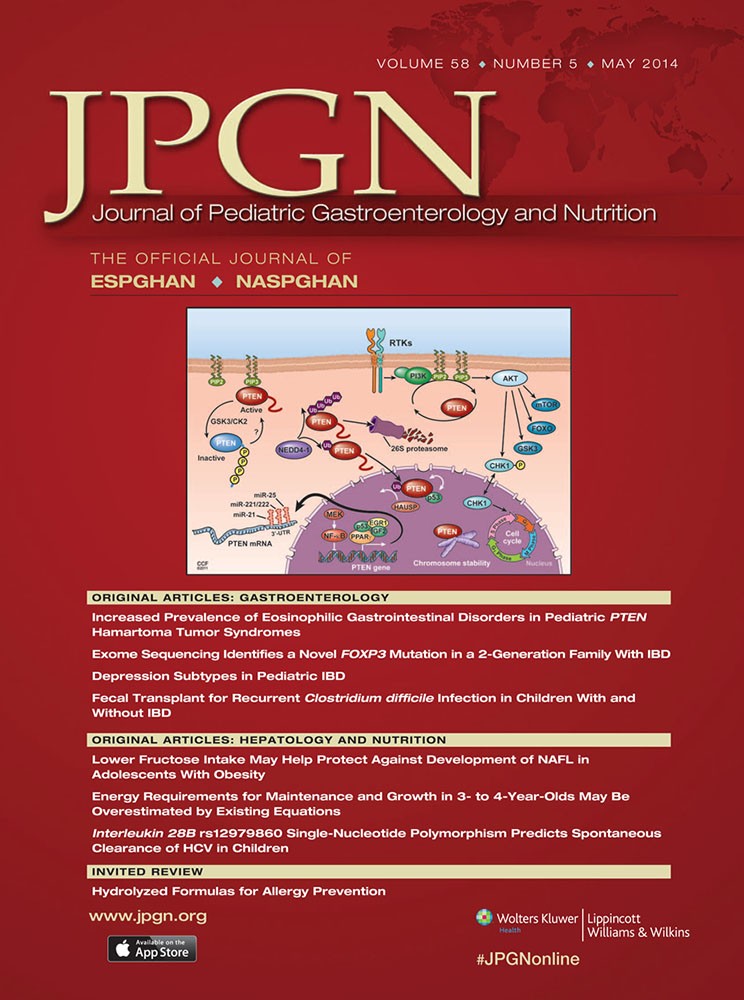Vitamin D Status and Adequacy of Standard Supplementation in Preterm Neonates From South India
This article was funded by the Institutional Fluid Research Grant.
The authors report no conflicts of interest.
ABSTRACT
Objective:
The aim of this study was to assess vitamin D status of preterm babies at birth and adequacy of daily supplementation with vitamin D.
Methods:
This prospective cohort study recruited 111 preterm babies, 25 to 32 weeks' gestation from a tertiary care perinatal center in south India. Cord blood was assayed for serum calcium, phosphate, alkaline phosphatase, and 25-hydroxyvitamin D (25(OH)D). All of the babies were fed unfortified breast-milk and supplemented daily with calcium, phosphate, and 400 IU of vitamin D. At 6 weeks serum calcium, phosphate, alkaline phosphatase, parathyroid hormone, and 25(OH)D levels were estimated.
Results:
Of 111 preterm babies recruited, a total of 90 (81%) of the preterm babies were followed up until 6 weeks. The median (interquartile range) vitamin D level in the preterm group was 34.7 (25.6–50.1) and 19.3 (13.9–27.1) ng/mL at birth and 6 weeks, respectively. Using a cutoff value of <20 ng/mL to determine vitamin D insufficiency (VDI), it was observed that 12.6% of the babies were vitamin D insufficient at birth. This increased to 52.2% at 6 weeks despite the recommended supplementation with vitamin D (P < 0.001).
Conclusions:
The prevalence of VDI was not high at birth; however, a large proportion of preterm babies were vitamin D insufficient at 6 weeks despite being supplemented with vitamin D 400 IU/day. The recommended vitamin D supplementation of 400 IU appears to be inadequate to prevent VDI, and hence randomized controlled trials looking at higher doses of vitamin D supplementation are needed.




